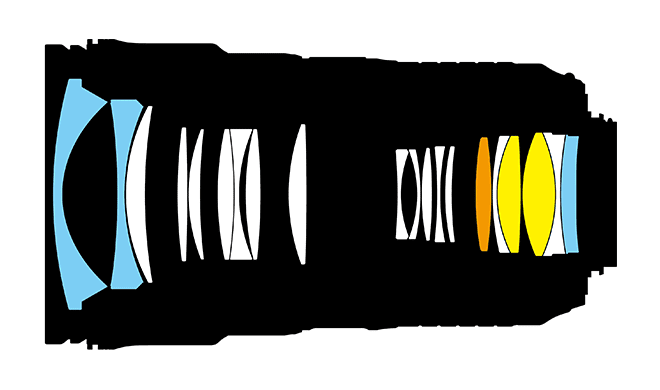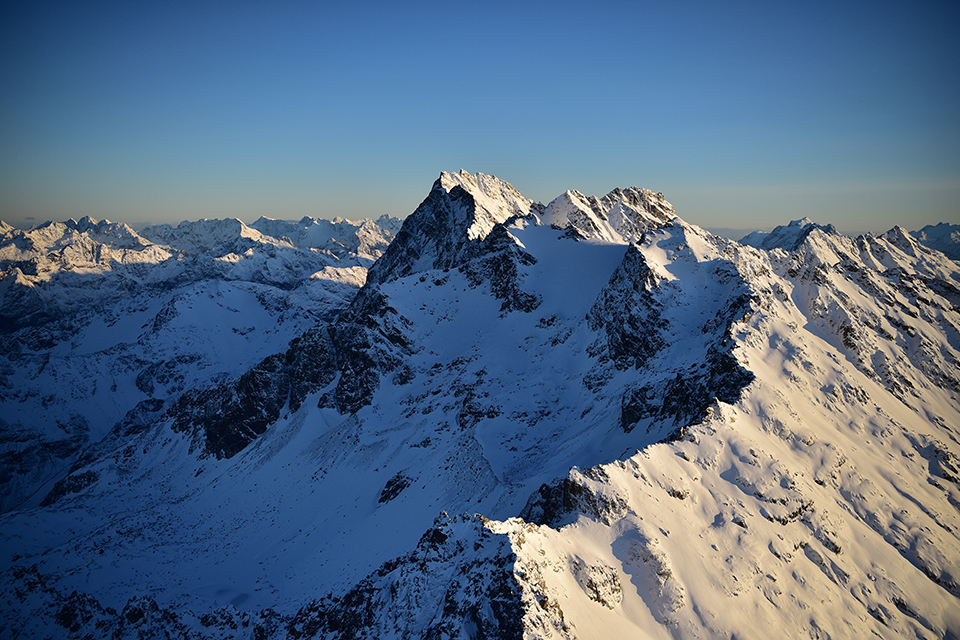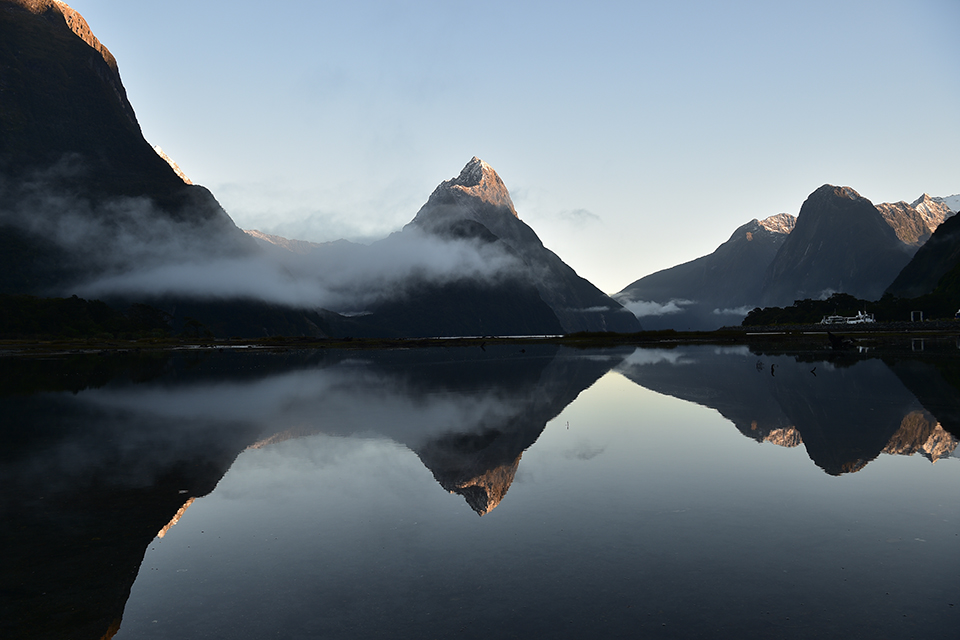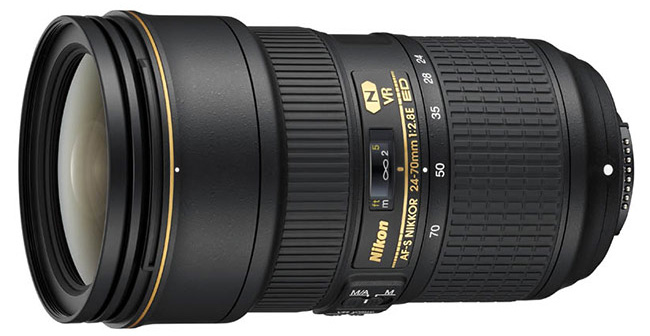If you like this post, help us share it
Nikon has released three full frame lenses: Nikon 24mm f/1.8, Nikon 200-500mm f/5.6 and the most exciting Nikon 24-70mm f/2.8 VR. The predecessor 24-70mm f/2.8 is a superb lens and it is one of the most legendary lenses Nikon has produced. The new Nikon 24-70mm f/2.8E ED VR has added the much-anticipated Vibration Reduction (VR) which is controversial to those who don’t find it necessary. However, it seems that adding image stabilisation has becoming a norm because of the uptake on filming with DSLRs. With the help of Aspherical Extra-Low Dispersion elements, adding VR image stabilisation will no longer hugely increase the lens size. In fact, the new 24-70mm f/2.8 VR is only slightly larger and weights about 100g more.
The AF-S Nikon 24-70mm f/2.8E ED VR improves upon its respected predecessor in nearly every aspect, adding the best Nikon lens technologies to create an essential optic. With up to four stops of image stabilization, the new 24-70mm f/2.8 VR is ready to tackle any challenging low light situation.The 24-70mm f/2.8 VR utilizes Nikon’s Electromagnetic Aperture control, which allows for consistent exposures during high speed bursts of shooting. This lens also improves upon image quality with new optical construction to provide clarity and consistently sharp images, and is ideal for capturing portraits, landscapes and weddings. A first for Nikon lenses, a new Aspherical Extra-Low Dispersion (ASP/ED) element is paired with traditional aspherical, ED and High-Refractive Index (HRI) elements for a thrilling new level of optical precision. Photos and videos take on a beautiful balance of sharpness and subtle blur effects, virtually free of flare, ghosting, coma and chromatic aberration throughout the frame. Nikon’s exclusive Nano Crystal Coat is also employed to further reduce instances of ghosting and flare.
The new lens construction enhances durability and image quality, while retaining the overall balance and handling that made this a favourite of photographers in the first place. The lens is sealed and gasketed against the elements, and now features a fluorine coating on the front and rear element to make it easier to remove dirt, moisture and smudges from the lens surface. The optical formula consists of 20 elements in 16 groups, while a 9-blade diaphragm helps to create a pleasing, natural out of focus area with beautiful bokeh.
The predecessor Nikon 24-70mm f/2.8 is an awesome lens and most photographers will still be using it unless VR is essential to them. I don’t see anyone rushing to get their 24-70mm f/2.8 replaced with the new version. The new 24-70mm f/2.8 will slowly make its way to becoming another legendary lens.
You can purchase the Nikon 24-70mm f/2.8 ED VR here (B&H|Adorama)


Specification Comparison
|
|
Nikon 24-70mm f/2.8 ED VR |
Nikon 24-70mm f/2.8 ED |
|
Focal Length |
24-70mm |
24-70mm |
|
Image Stabilisation |
Yes (4 stops) |
No |
|
Maximum Aperture |
F2.8 |
F2.8 |
|
Minimum Aperture |
F22.0 |
F22.0 |
|
Aperture Ring |
No |
No |
|
Number of Diaphragm Blades |
9 |
9 |
|
Elements/Groups |
20/16 |
15/11 |
|
Special Elements / Coatings |
3 aspherical and 2 ED elements + nano crystal and fluorine coatings |
3 aspherical and 3 ED elements + nano crystal coating |
|
Minimum Focus |
0.38 m |
0.38 m |
|
Maximum Magnification |
0.27× |
0.27× |
|
Filter Thread |
82mm |
77mm |
|
Physical Dimension |
88 mm x 155 mm |
83mm x 133mm |
|
Weight |
1070 g |
900g |
|
Price |
$2399 (Aug,2015) |
$1899 (Aug,2015) |


Wide MTF Chart Tele MTF Chart
Sample Images





Where can I find the equipment seen on this site?
If you find this site useful and planning to purchase any of the equipment seen on this site, please show your support by purchasing your photo equipment at B&H Photo Video, or through any of the affiliate links seen on this site.



